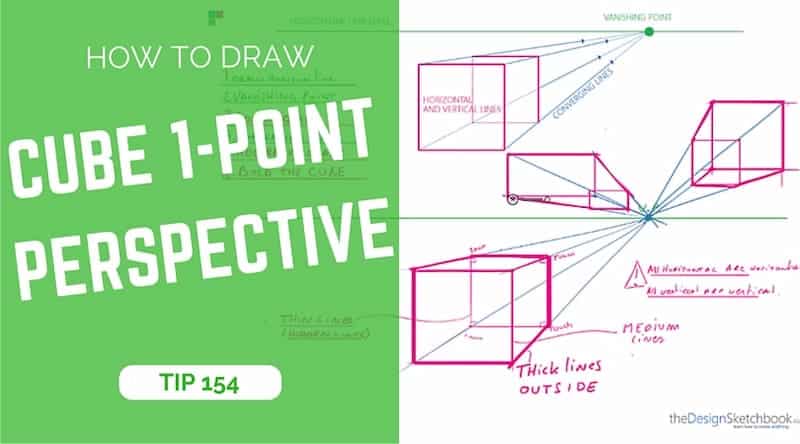
In design sketching, all start by drawing cubes.
In helps you to better visualize objects in 3D from imagination.
Today I show you step-by-step how to draw a cube (1-point perspective) easily.
Learn 1-point perspective easy
Pretty often perspective can become overwhelming for beginners.
There are so many lines going here and there that you even don’t know how to start.
So I made this video to show you stroke-by-stroke
how to draw a cube in an easy and simple way. (And the relaxing way)
In this video, you will realize it’s actually easy.
There is nothing to be afraid of drawing a cube in perspective.
With a bit of practice, you will know how to draw a cube at multiple angles forever!
You can watch all the previous videos of the beginner series at the link below:
- How to draw straight lines
- How to draw perfect squares
- How to draw awesome circles
- Let’s now look at How to sharpen your sense of proportion with that easy trick of division.
How to draw a cube (1-point perspective) tutorial
Below is a preview of the design sketching book (pdf)
for beginners you can download for free here: the Designer Starter Kit.
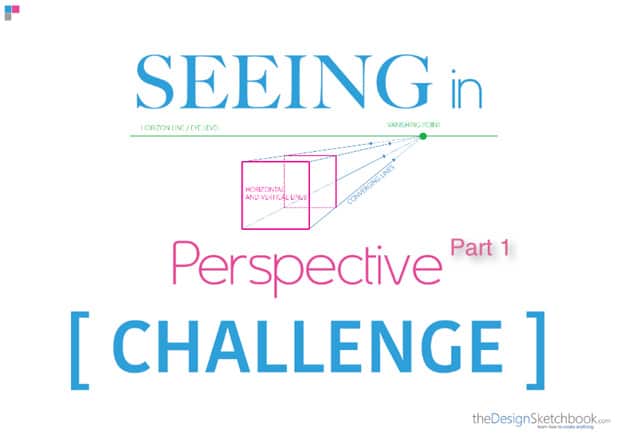
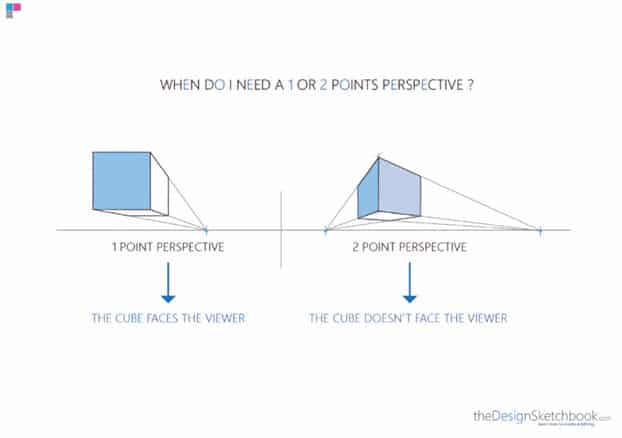
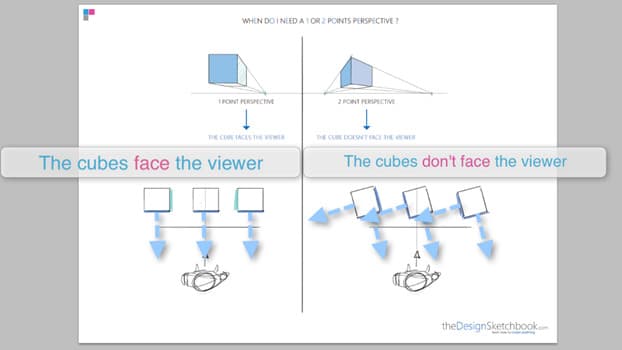
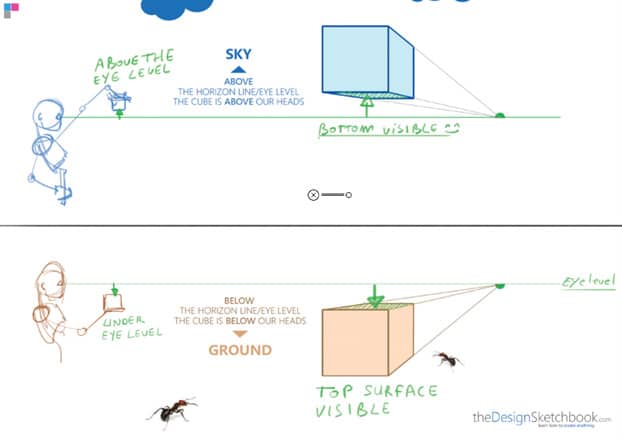
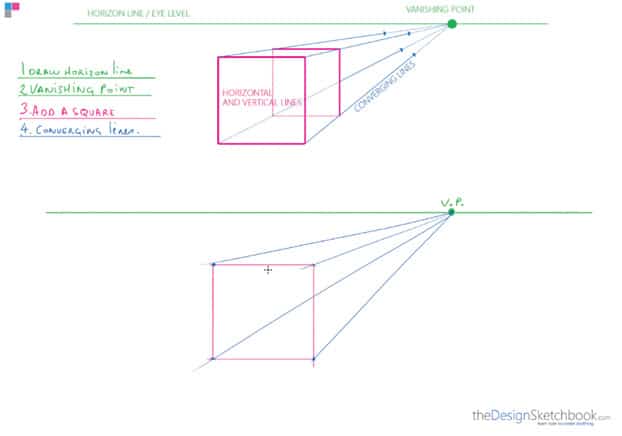
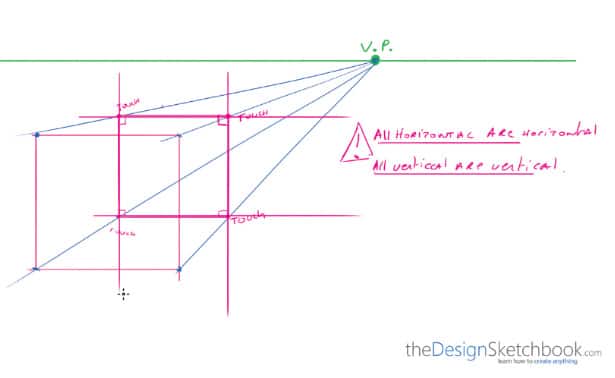
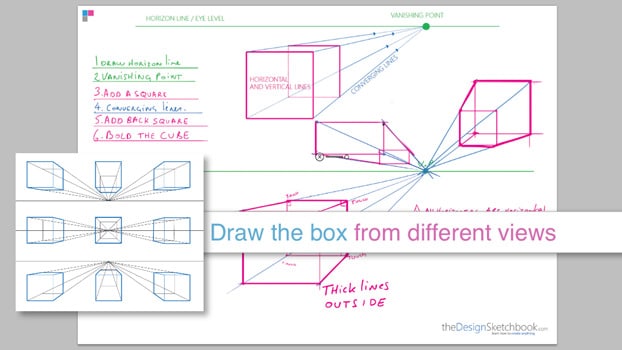
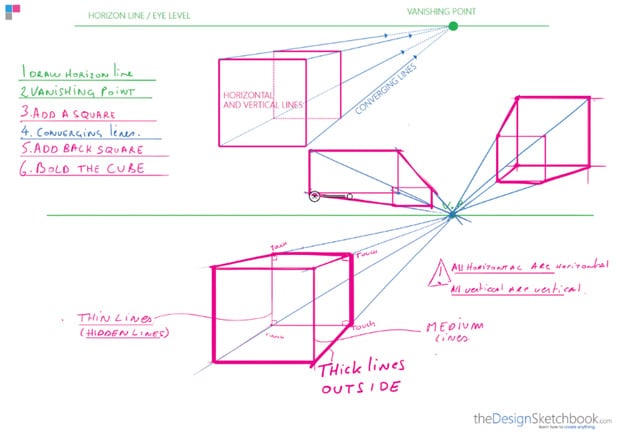
We bolded the outlines of the boxes for clarity.
The construction lines become invisible.
With these lines contrast, we trick the brain into ignoring the lighter ones.
What’s next:
For the next video,
I will show you how to draw a cube with a 2-point perspective.

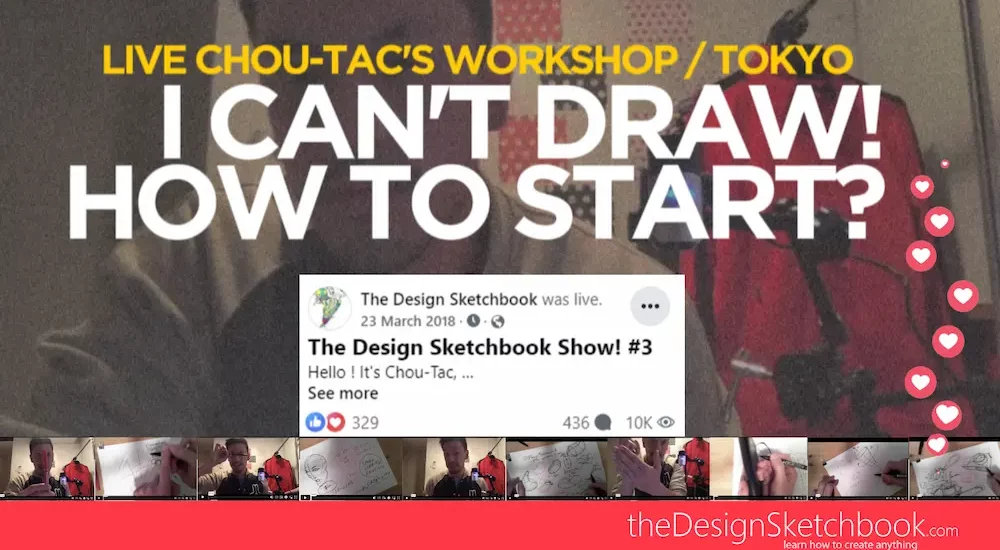





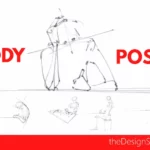

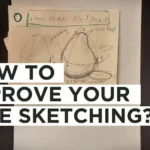
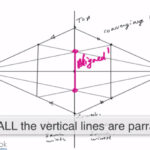
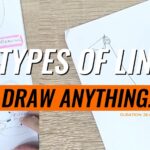



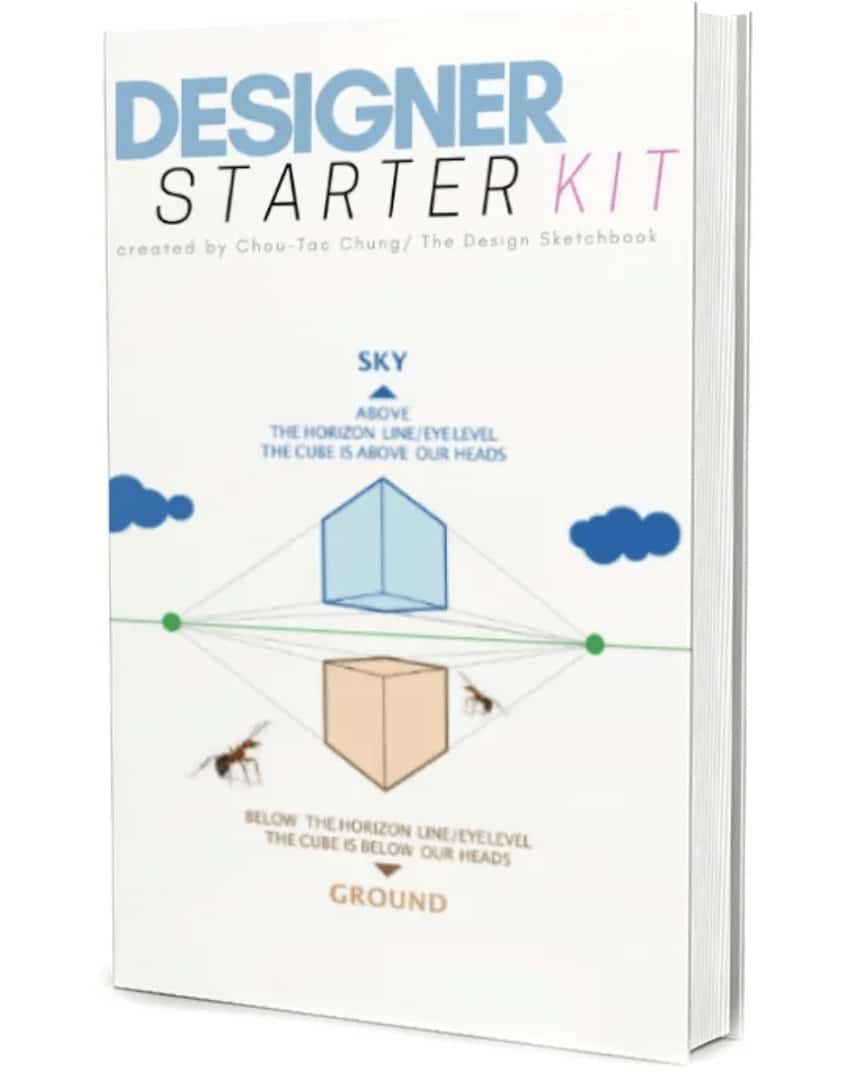
[…] sure the perspective looks correct by tracing a few perspective […]
I’ve seen a lot of how-to’s regarding how to draw a cube in 1-pt or 2-pt perspective, but no one actually explains why that method is correct by providing an explanation with proof/evidence.
Would you be able to provide that or be able to point me in the right direction?
Thanks
Hi Chou-Tac, if a cube is in 1-point perspective, you won’t be able to see the outside of its sides and in 2-point perspective, you won’t be able to see any 90 degree corners.
Hello Rene, I am not sure I understand what you mean. Do you mind reformulate ?
Thank you :)
I mean, if viewed from 1-point perspective, we can only see only 1 side of the cube.
If we can see more than 1 side, it will be 2-point or 3-point perspectives, then the sides that we can see will no longer be a perfect square.
What you say it’s true. 1 point perspective is actually a simplified version of 2-point perspective. As well as 2-point perspective is a simplified version of the 3 point perspective.
Basically we should draw everything with 3 points ! Haha. But in sketching, we like to use method that makes our life easier. 2 and 3 point are the most common perspective I use. But 1 is convenient for a room, a street with no high building for example.